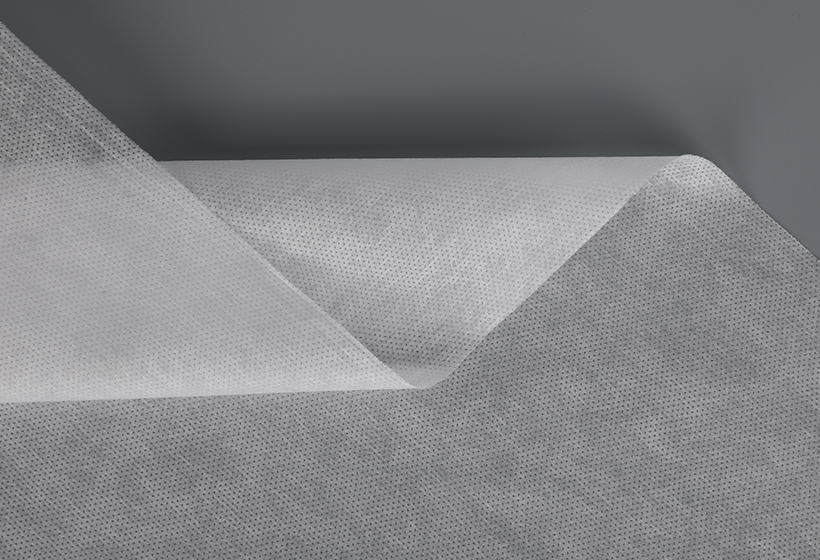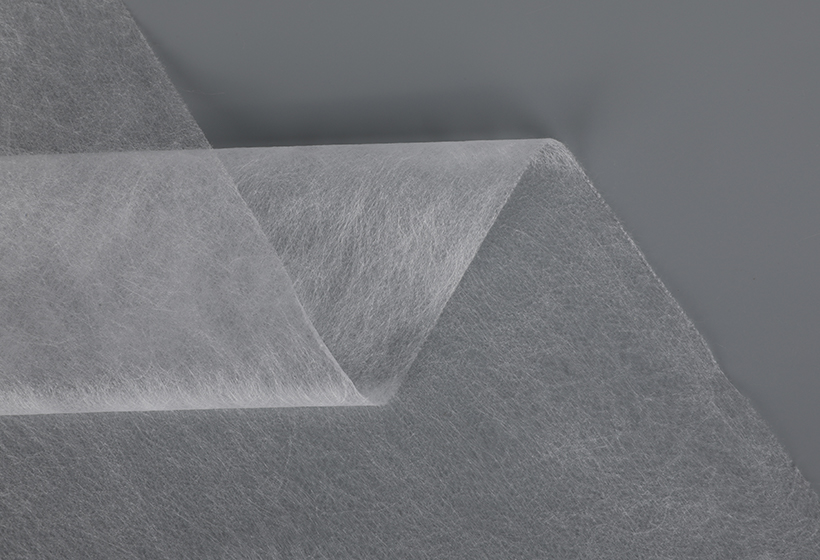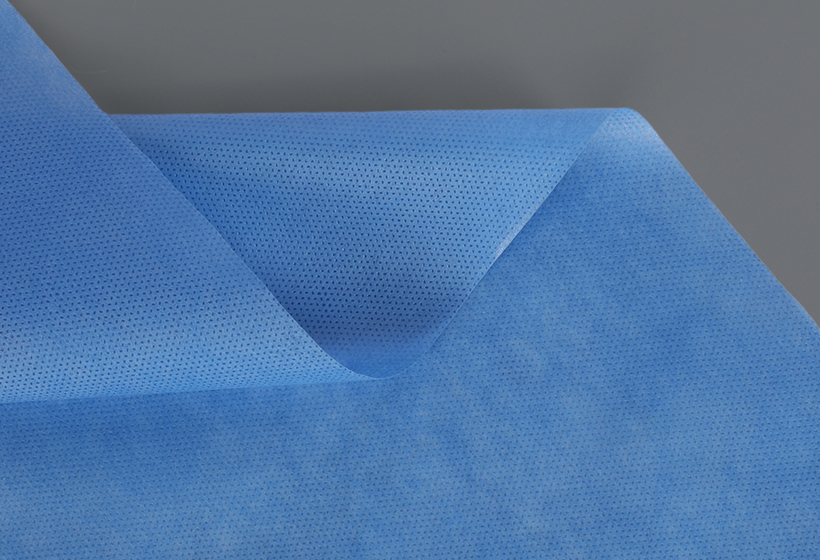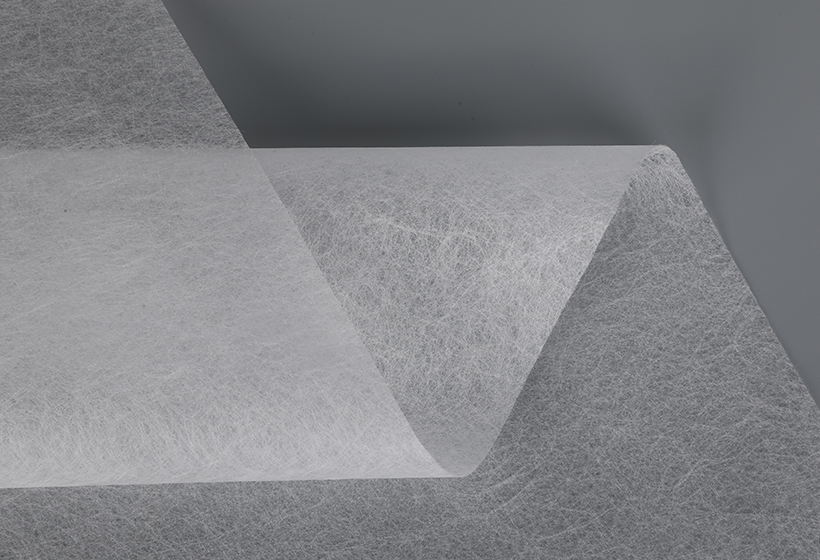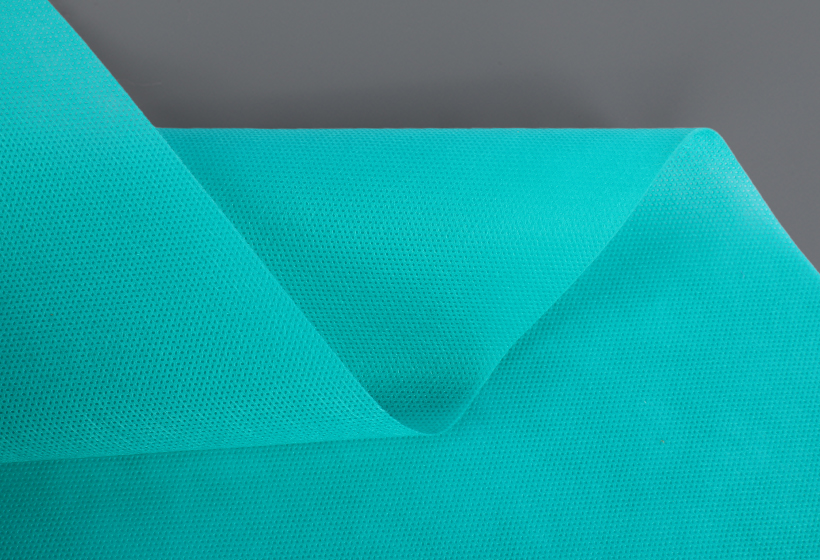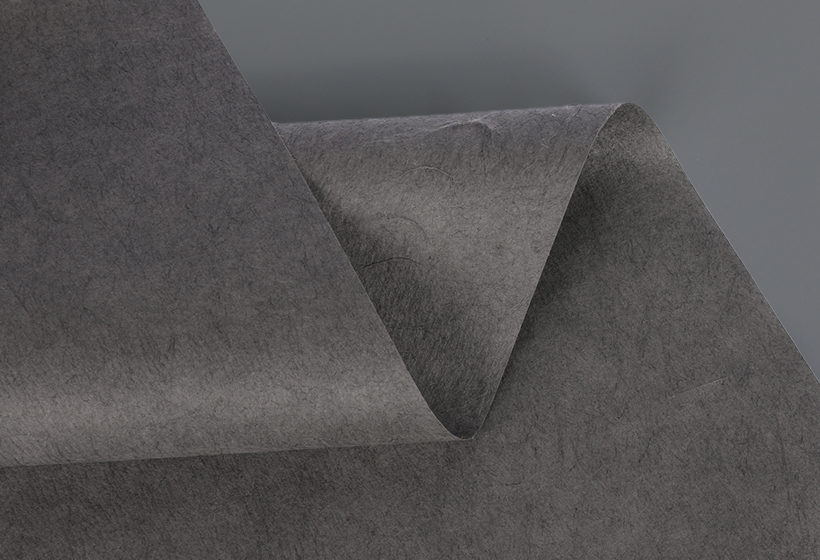PP Non-woven Fabric is a very versatile material used in many fields, from wine bottles to food packaging. Its non-toxic properties and versatility make it a great material for food packaging. In addition, PP nonwoven fabric has strict testing standards, making it a safe option for a range of food applications. Listed below are some of the benefits of PP non-woven fabric for food packaging. PP non-woven fabrics are reusable and climate-safe, and its excellent tensile strength and stretch-capacity make them a favorite for a wide range of applications.
The advantages of PP non-woven fabric are numerous. They possess excellent properties, including excellent gas permeability and no water contact. Polypropylene (PP) is a very common choice for nonwoven fabric, and is both chemical and moisture-safe. In addition, the nonwoven material is highly biodegradable, making it a desirable option for single-use items and medical ventures. PP non-woven fabric is made from polypropylene, and is a great choice for clothing and home textiles. It decomposes in 45 days when placed in the soil.
PP non-woven fabric has many advantages for people. First and foremost, it is eco-friendly, and it doesn't cost much. In addition to being economical, non-woven fabric is soft to touch and won't harm wooden surfaces. Secondly, it can prolong the life of carpets, prevent mold and bacterial growth, and help you install rugs or carpets more easily. Lastly, it is strong and durable, which means that it will last a long time.
The market for PP non-woven fabric has been expanding at a steady pace. In the last few years, it has grown at a steady rate and is predicted to grow substantially in the future. Some applications of PP non-woven fabric include waterproof apparel, landscaping cloth, and geotextiles. These end-use applications may not be suitable for use in medical devices. Further, the products made from PP non-woven fabric may be coated or have other chemical treatments that do not make them suitable for use in masks.
PP non-woven fabric has a three-layered structure that offers a primary waterproofing layer. Its high resistance to low temperatures and chemical attacks makes it a versatile material. It is commonly used in medical apparel, such as surgical gowns, diapers, and other medical-related items. Rajshree fabrics is a leading PP non-woven fabric manufacturer in India. So, what are the advantages of PP non-woven fabric?
The benefits of PP non-woven fabric are numerous. Not only is it a low-cost alternative to natural fibres, but it is soft and durable. Its high-density structure provides extra strength and comfort. It can last for many years, despite being a synthetic material. It can be a valuable commodity and can be used for a variety of applications. In addition, PP non-woven fabric is an economical, eco-friendly alternative to natural fibre bags.
Unlike PA, PP is hydrophobic. This property makes it more accessible for impregnation. Using PP non-woven fabric for impregnation yielded a 30 percent yield for the cellulose acetate beads and ten percent for the films. The amount of exposed surface area was important in this comparison. Furthermore, the films had a higher void fraction, which resulted in a higher supercritical impregnation yield.


 English
English Español
Español
